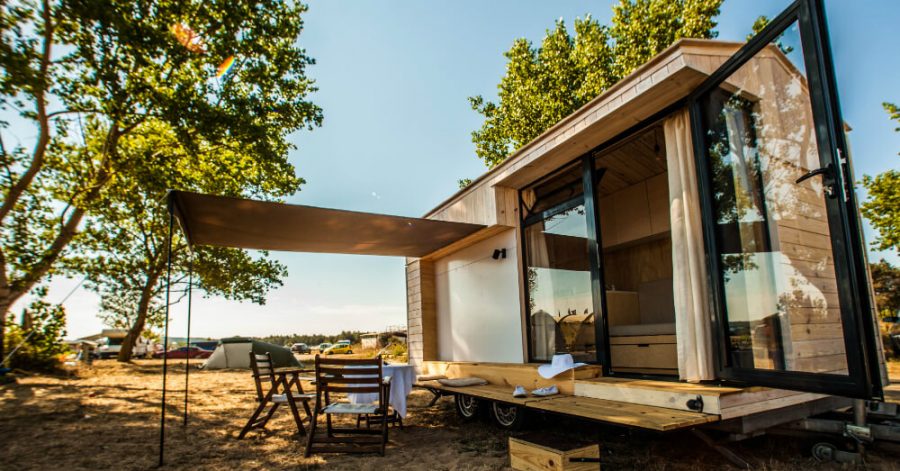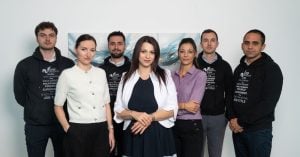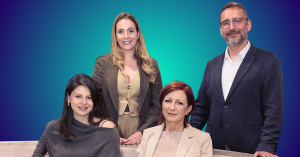“I think that the most valuable change is around the mindset, realising that you don’t need that much to make you happy. You can spend your money on adventures, travels, education, instead of investing your whole life into paying off a big house,” says Hristina Hristova, co-founder and partner at Koleliba. So, what alternatives do we have to traditional, “big” houses? One of the answers is hidden in the company name.
“Koleliba” is a made-up word in Bulgarian meaning a hut with wheels. The company produces two types of tiny houses with wheels that can be placed and moved pretty much anywhere. And since the first prototype was built in 2014, the interest in tiny houses has grown substantially. Looking at the overall market, we can now say that the tiny house movement has started to reach Southeast Europe.
The tiny house movement originated in America, from the concept of living in a more compact and smaller space. Soon, downsizing houses started to symbolise and enable a simpler, minimalist way of living. The 2009 housing crisis and the associated increase in the cost of living around the world have played in favour of small, affordable housing.
A tiny house means an efficient house – a quality which technology can help achieve. Smart houses are becoming the norm, especially among younger generations. A recent study found that the housing preferences of Gen Z, the most must-watch, digitally savvy generation, are highly influenced by their technology nativeness. Gen Z renters believe the use of technology is very important when renting a home.
Today, The Recursive explores the philosophy behind the smart and tiny house movement in Southeast Europe in an interview with Hristina Hristova. She developed one of the first tiny house projects in Bulgaria. In the process she became a builder herself, in addition to being a trained architect. At Koleliba, the small team uses a hands-on approach to turn design and a passion for minimalism to affordable, sustainable, and functional housing.
The Recursive: How do you bring the tiny house philosophy to life at Koleliba?
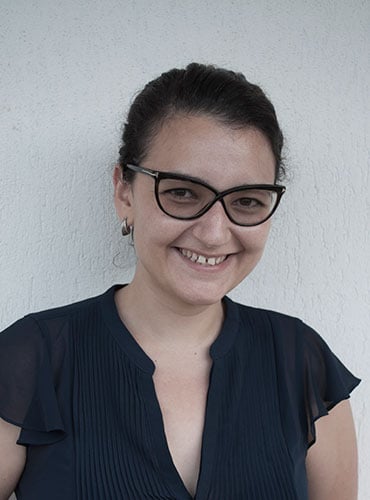
Hristina Hristova: It started as an idea when I was living in London. I was working as an architect. Because of the building prices there, the space is quite cramped. So, I started to explore small spaces and how we can use them more efficiently in a way that is sufficient for our lifestyles.
Building on the experience there, when I came back to Bulgaria I established this company to create minimal living spaces that work nearly as well as the traditional ones. It turned into a family business together with my husband.
Why did you decide to start the business in Bulgaria?
Me and my husband are Bulgarian and even when I left for London I always wanted to come back. I think it’s good if young people stay in our countries. With people in developing and poor countries increasingly escaping to more advanced countries, I wanted to stand against the trend and prove that there are a lot of things possible here. I always wanted to establish something in my own country.
What could you tell us about the tiny house market in the region?
When we started building the prototype in 2014, we were the first ones. At the time, tiny house living was becoming popular elsewhere, but people hadn’t heard much about it here. Now, there is a bit more knowledge about it in the market. Documentaries, for instance, have brought tiny house living to everyone’s attention. Especially around the seaside and campsites, the interest in tiny houses is growing, even though not as much as in countries where tiny houses are necessary for permanent living to combat the lack of space.
Out of the sustainable and minimalist philosophy behind the tiny house movement, what aspects speak the most to you?
When someone says “sustainable”, people normally connect it to wind energy turbines, solar panels, and things like that. But I think the first and most important sustainable aspect is to not harm nature in any possible way. The fact that the tiny houses are not permanently attached to the ground is the first thing that makes them sustainable.
What are the other biggest advantages of living in a small house compared to having a traditional house?
It is a lifestyle and a mindset change. Young people especially are more prone to understanding the concept that you don’t need much.
Maybe this is true especially in Eastern Europe, because we’ve been in a communist period not that long ago, when there were a lot of limitations to what we could have. I think our parents’ generations adored big, as big as possible, as they were just going into democracy after a period of austerity. But now young people are going back to what is really necessary.

Tell us a bit more about the Koleliba houses.
All Koleliba tiny houses are mobile, as they are built on wheels. The difference is that we produce two types of trailers. One is called a parking trailer, it is wider than what’s allowed to go on the roads, and it gives you a little bit more space, so it’s, but you can drive it when loaded on a truck. The other option is a normal trailer that you can drive anytime, like a SUV or a pickup truck.
How is technology used to contribute to the smart living philosophy behind tiny housing?
The thing that we started off with and is very important to what we do is building information modeling (BIM). This is an intelligence software that designs everything in 3D and it involves all the pipes, the cabling, everything. The first step to having a smart home according to me is knowing where all our installations are and all the structure details to be able to adapt.
What is also important is the technology that supports off grid electrical systems and water systems. They are part of the deal because a lot of these tiny houses are meant to be off grid. So, you can’t afford to not develop this side.
Sometimes, we also use electrical locking systems that allow visitors to access your Airbnb, for example, without you being there to meet them. Our belief is that tiny houses, as a way of living, shouldn’t involve much more than these steps.
Who is the Koleliba customer?
It varies a lot and I’m quite happy to share because it makes us meet very different people from different countries. From a small family winery in Austria to clients from Australia living in Bulgaria – it’s always interesting.
Our main clients, however, are people who invest in campsites. They make bigger orders, let’s say five or ten units, that they would position on different locations and rent them as vacation homes. They tend to be the bigger part, just because they order in large volumes.
How do you work with customers from markets outside Bulgaria?
We work with customers from France, Germany, Austria, among others. Everything is built in Bulgaria and we export to other countries. So, what we’ve got there is local support for minor technical issues that could appear over servicing the warranties, for instance if you need to replace a part.
What has been the market traction so far?
We started with a prototype and didn’t really hope it would grow much more than this. Yet after a certain period we started to produce three to four units per year, and now we are able to produce more than 12. It’s not a big number, but it is three times bigger than before. We’re starting to look like an average size company, not just a family-run business.
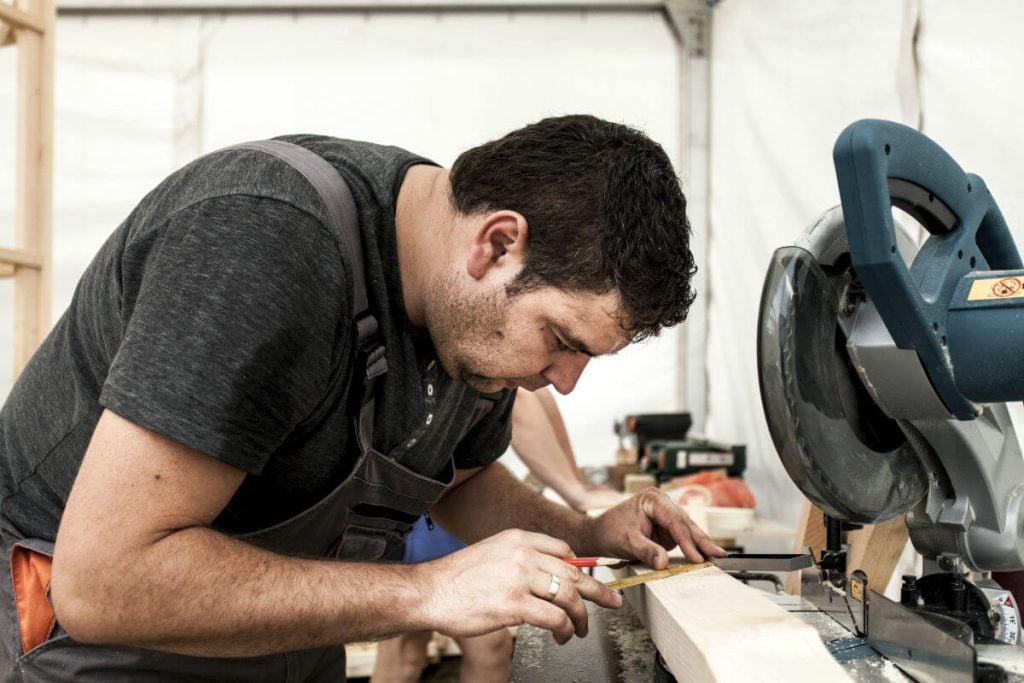
How did you finance the business? Are there support mechanisms in the market?
So far, we built everything with our personal savings. We initially worked in other fields and we redirected the income support into investing in Koleliba. So far, no bank loans. It’s a good stability to have especially in such uncertain times and I am happy we don’t rely on banks currently.
In terms of other available support, we are expecting it in the new period of EU funding. Once we have a government, because we’re now in a government crisis. I think there will be funds for ecological and sustainable housing and we may be able to apply for some of them.
Generally speaking, in Bulgaria there’s not much support from the government, or from the EU for very small companies and startups that still have physical products. They’re interested in companies with above 30 people – everything below that mark is a micro-company, for which there are nearly no funds.
On the other hand, if you are a startup developing a tech software product, you are highly likely to find some funding. But when you make a physical product, no matter if it’s a pen or if it’s a house, it is seen as a riskier investment. The costs for tech companies are initially lower and they pay off quicker. Meanwhile, producing something means that you need workshops and people, thus higher investment.
Is there any particular lesson you learned along the way that you would like to share with other entrepreneurs in our region?
It’s been a bumpy road. I am an architect by formation and have not been a builder until we started our prototype. I really learned a lot – there is a huge knowledge gap to conquer between being an architect and being a builder. I feel I’ve made this gap smaller and it really makes me proud. I’ve expanded out of my professional path. And knowing how things behave in real life helps me with my architecture projects, too. It makes me design better stuff.

